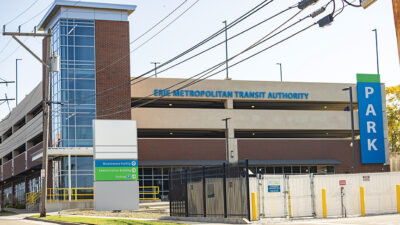The team had a large-scale automation project goal of integrating 121 water filtration plants

This project, completed over three years from 2011 to 2014, included an automation program for 121 water filtration plants.
Scope:
- Provided automation design and integration services for 121 water filtration plants islandwide.
- Developed robust and complete programmable logic controller programs that will allow this aqueduct and sewer authority to operate the plants remotely.
- Worked with plant operators to transform the operational organization to ease the change from the current manual plant operation to a modern technology-based organization that can operate a plant remotely.
- Worked in two parallel tracks: restructuring while building automation capability.
Input/output density: 121 sites with an average of 800 I/O point that is equivalent to 96,800 I/O points.
Complexity: Standard simple process in multisite facilities with aging facilities with some level of variation on process and control architecture and diverse projects in concurrent execution.
Resources: Project management and design team, programming standardization and test team and implementation team.
Challenges:
- Existing infrastructure with many automation legacy systems.
- Project team conformed by several organizations:
- CDM Smith program management team, design team and lead integration team.
- Process control supplier in charge of panels, instrumentation and installation. A process control supplier is the denomination of a contractor or vendor that commonly provide control panels, instrumentation and integration services.
- Supervisory control and data acquisition vendor integrator responsible of corporate data integration.
- Application system provider contractor responsible for human machine interface
- Application system provider contractor in charge of application deployment and commissioning.
- Several levels of variation on the filtration process and control system.
- Geographically distributed work site, some with difficult access.
- Changes in scope and schedule constraints.
Success factors:
- Conformation of project management, design and integration team with vast experience on water filtration projects.
- Develop standards library for PLC and SCADA applications that fit all applications through a parametrizable setting.
- Filtration plants were organized by clusters to simplify management and operation.
- Execution of a thorough project management process with five phases:
- Preconstruction tasks.
- Hardware readiness.
- Startup readiness.
- Endorsement and approval.



